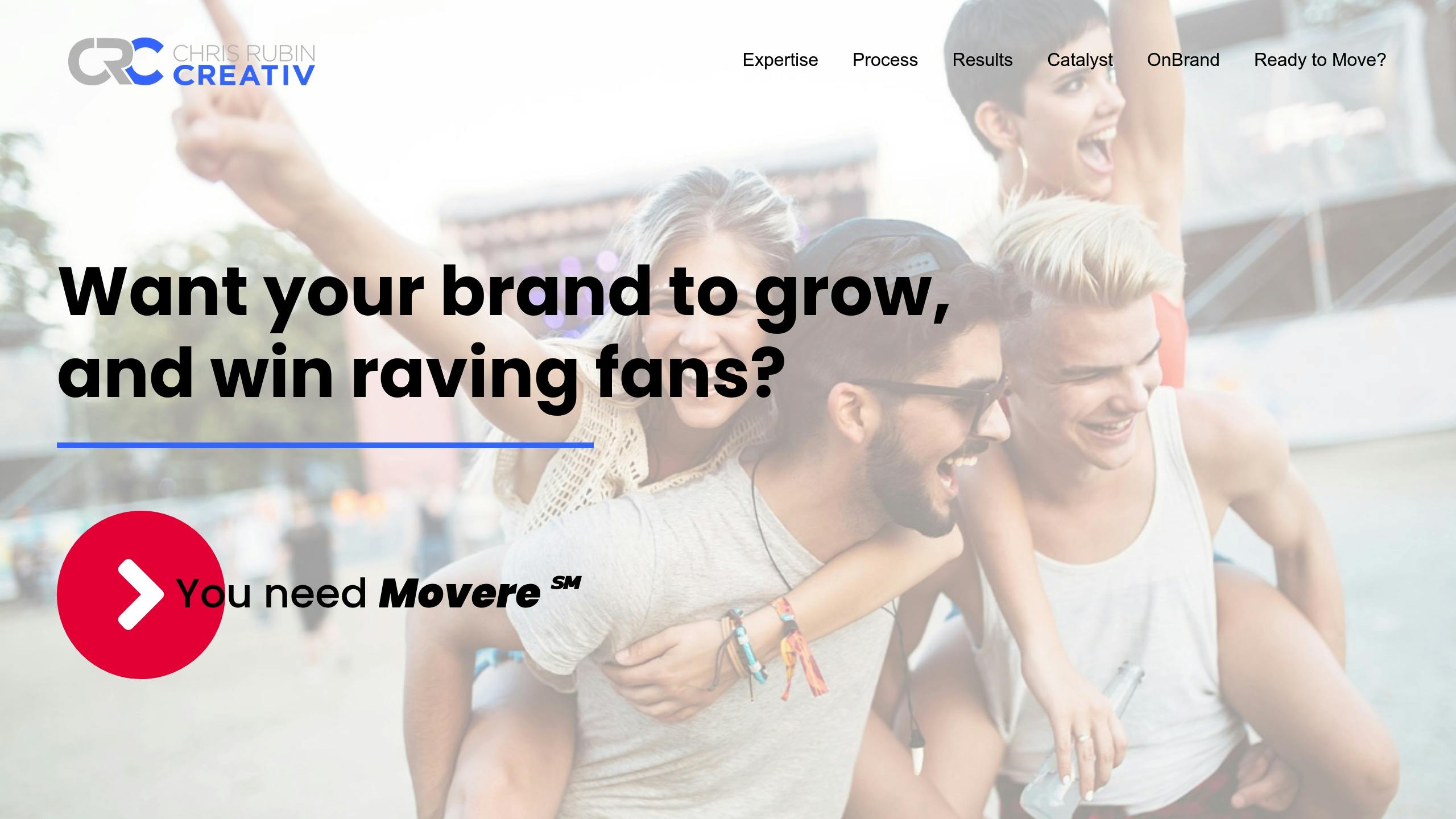71% of users with disabilities leave inaccessible websites. This not only frustrates users but also damages brand trust and costs businesses billions annually. Accessibility isn’t just a legal requirement – it’s a way to build loyalty, improve reputation, and tap into a $6 trillion market of people with disabilities.
Key Takeaways:
- What is Accessibility? Designing websites for everyone, including features like alt text, keyboard navigation, and proper color contrast.
- Why it Matters: 62% of users switch to competitors when facing access issues, costing companies $6.9 billion yearly.
- Benefits: Better SEO, improved user experience, and stronger customer trust.
- Financial Impact: Fixing accessibility later costs 10x more than planning for it upfront.
- Success Stories: Barclays doubled app ratings; Microsoft’s accessible controller boosted purchase intent by 6.5%.
Accessibility drives growth, trust, and loyalty. Companies that prioritize it gain a competitive edge while meeting modern consumer expectations.
What is the business case for digital accessibility?
How Access Issues Change Customer Behavior
User Reactions to Access Barriers
When users face accessibility challenges, their emotional response is overwhelmingly negative, which directly affects how they view brands. Studies reveal that 71% of users feel frustrated, 58% feel disappointed, and 24% feel angry when navigating accessibility issues. Additionally, 18% report feeling excluded. These emotions often lead to action: 34% of users voice complaints directly to brands, while 31% share their frustrations with family and friends.
Impact on Sales and Customer Retention
Accessibility problems can have a major financial impact, especially in e-commerce. For instance, blind users abandon two-thirds of their shopping attempts because of such barriers.
These challenges also strain customer loyalty:
- 51% of users look for alternative providers
- 42% stop using the service altogether
Social Media Feedback on Access Problems
Social media serves as a megaphone for accessibility complaints. Around 20% of users share their negative experiences online. These posts often shift the narrative, framing accessibility failures as broader issues of brand trust. Even industries with high digital adoption aren’t immune – 50% of users report ongoing accessibility issues in banking services.
"The frustration alongside the waste of time [of inaccessibility] is really big, and that’s why trust in companies where the risk is lower of that happening is obviously the focus." – German discussion group participant
Public complaints not only damage a brand’s reputation but also affect customer acquisition and retention. These critiques often translate into financial losses, which will be explored in the next section.
sbb-itb-aebd855
The Financial Benefits of Website Access
Cost of Poor Website Access
Inaccessible websites come with a hefty price tag. Consumer companies lose billions each year as users abandon frustrating experiences and turn to competitors. Fixing accessibility issues after the fact is no small expense – Barclays Bank discovered that addressing accessibility problems in an existing mobile app cost ten times more than planning for accessibility from the outset. On top of these costs, businesses also face legal risks, including fines, forced redesigns, and damage to their reputation.
Market Benefits of Good Access
Focusing on accessibility opens up massive opportunities. Over 1 billion people worldwide live with disabilities and collectively control $6 trillion in spending power – a market that remains largely untapped due to inaccessible digital platforms. Beyond reaching this audience, accessible design offers additional perks:
| Benefit | Outcome |
|---|---|
| Search Rankings | Improved SEO performance |
| User Experience | Enhanced usability for everyone |
| Brand Value | Stronger reputation for being forward-thinking and inclusive |
| Operational Costs | Lowered customer support needs |
Investing in accessibility is a smart, forward-looking move. Accessible platforms are easier to maintain, build trust with customers, and encourage loyalty. When companies view accessibility as a way to stand out rather than just a compliance issue, they align with modern expectations of corporate responsibility and drive real growth. This mix of reaching new markets and cutting operational costs turns accessibility into a competitive edge that reinforces a company’s values.
These financial gains directly support the customer trust strategies discussed next.
Building Customer Trust Through Access
Success Stories in Website Access
Microsoft’s Xbox Adaptive Controller, designed for gamers with limited mobility, made a big impact. It boosted brand perception scores by 3.5% and purchase intent by 6.5%, selling 100,000 units in its first year. These numbers show how improving accessibility can lead to real gains in brand trust and customer engagement.
Making Access Part of Brand Identity
Incorporating accessibility into a brand’s identity takes more than just meeting technical standards. Companies that achieve the best outcomes make accessibility a core part of their operations. This means training employees, involving disabled users in product testing, and conducting regular accessibility audits.
"Companies with strong accessibility practices see 28% higher customer retention rates"
This connection between accessibility and customer loyalty underscores its impact on purchasing decisions and overall trust in a brand.
Key steps for making accessibility a central part of your brand include:
- Gaining leadership buy-in to prioritize accessibility
- Embedding inclusive design practices across all digital experiences
- Collaborating with disability communities for ongoing feedback
- Communicating accessibility efforts clearly in brand messaging
ChrisRubinCreativ‘s Access-Based Branding

ChrisRubinCreativ (CRC) specializes in helping organizations turn accessibility into a standout feature of their brand. Their approach weaves accessibility into brand storytelling, making it relatable to a wide audience while driving business results.
CRC works with clients to craft accessibility strategies that build trust and align with business goals. Here’s how they do it:
| Focus Area | Action |
|---|---|
| Positioning | Present accessibility as a competitive advantage |
| Content | Create inclusive and engaging website copy |
| Communication | Showcase the benefits of accessibility efforts |
| Integration | Ensure alignment with brand values |
This method combines proven strategies from leading companies with unique storytelling techniques. The result? Accessibility becomes more than a technical checkbox – it becomes a defining part of the brand that strengthens customer trust and loyalty.
Conclusion: Website Access Drives Brand Growth
Key Insights on Accessibility and Brand Success
The accessibility of a website has a direct and measurable impact on a business’s financial performance and how its brand is perceived. When websites lack accessibility, it can harm a brand’s reputation and weaken consumer trust. Here’s a telling statistic: 71% of users with disabilities will leave websites that aren’t accessible.
For businesses, this translates to lost market share and missed opportunities to turn users into loyal advocates. The financial and trust-related consequences underline the importance of the strategies discussed throughout this analysis.
Practical Steps to Improve Accessibility
To make websites more accessible, businesses can focus on these areas:
| Focus Area | Actions | Benefits |
|---|---|---|
| Assessment | Review WCAG compliance | Identifies gaps and sets clear priorities |
| Technology | Update accessibility features | Enhances the experience for all users |
| Training | Educate teams and involve accessibility experts | Ensures consistent adherence to standards |
| Testing | Conduct regular checks and gather user feedback | Maintains high accessibility performance |
Features like accessible navigation don’t just assist users with disabilities – they benefit 57% of computer users overall. This creates a major opportunity for businesses to connect with a broader audience.
To see lasting results, companies should embed accessibility into their day-to-day operations. This could mean including accessibility standards in tech purchases, scheduling regular audits, and keeping teams trained on best practices. When treated as a priority, accessibility strengthens customer loyalty and drives brand growth. This approach ties directly to the connection between accessibility and brand trust established earlier in this discussion.

